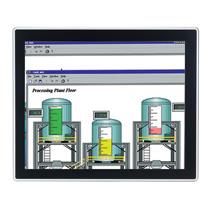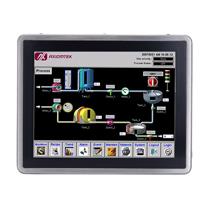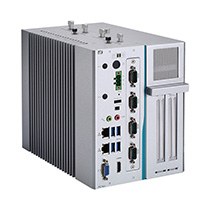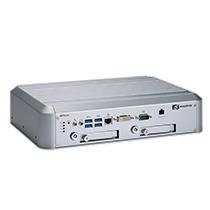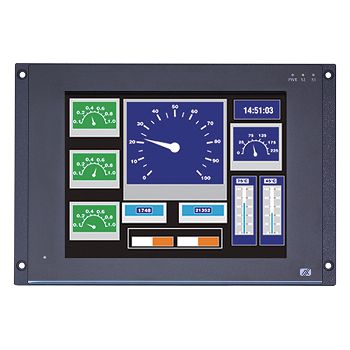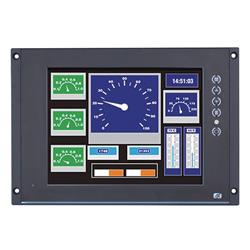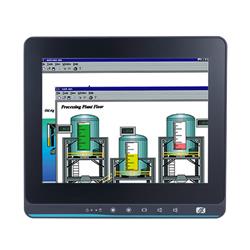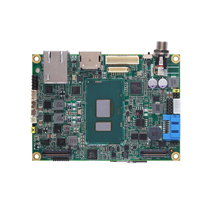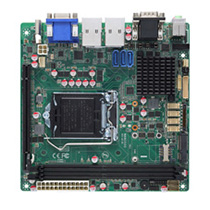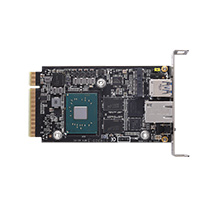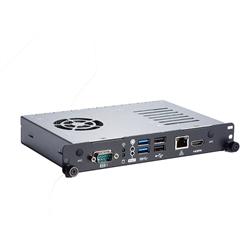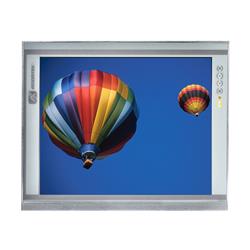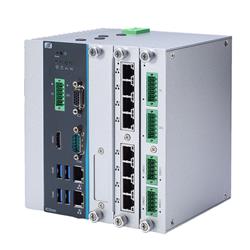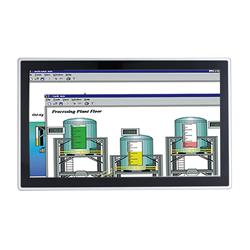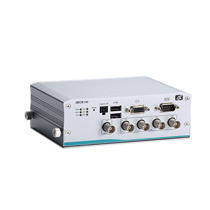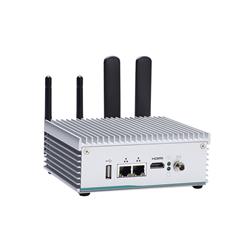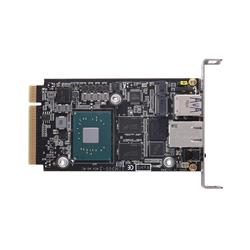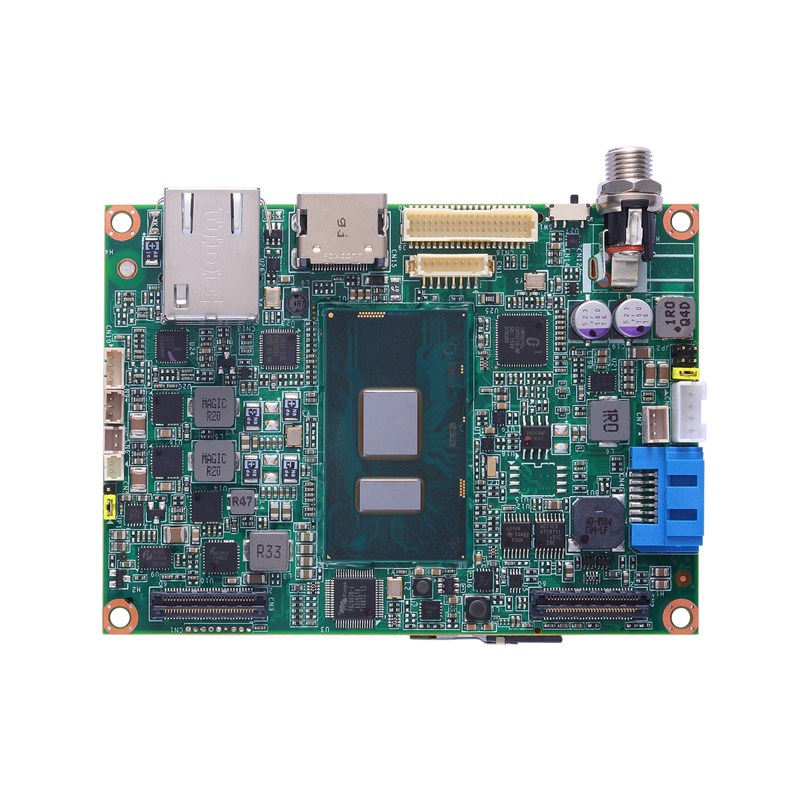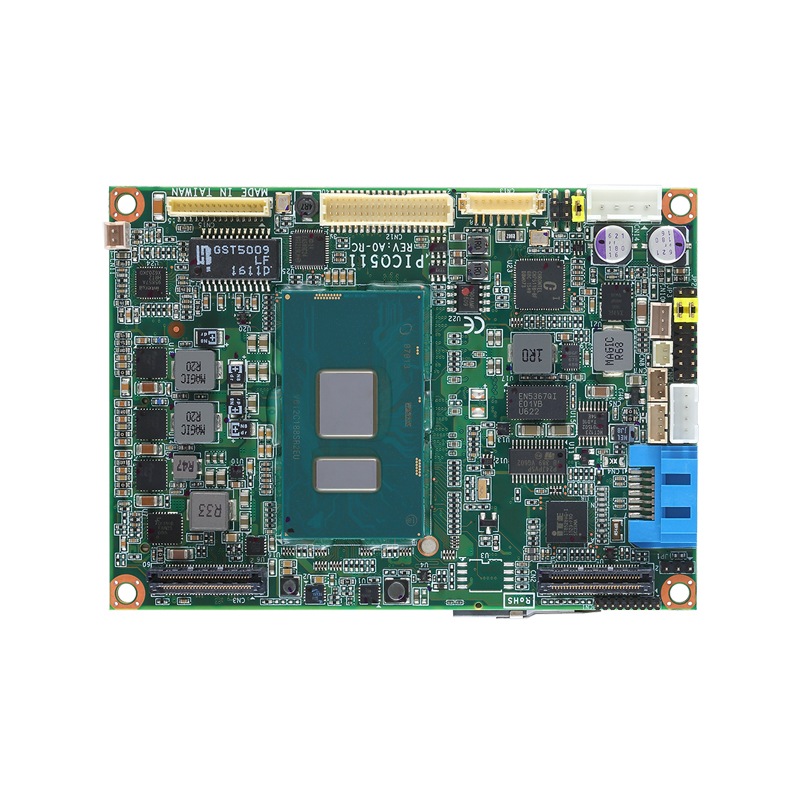The National Highway Traffic Safety Administration (NHTSA) has released a notice that it will consider mandatory vehicle-to-vehicle communication devices to increase safety and save lives. The administration will study communication technology, cost and safety implications. Once vehicles are fitted with on-board processors and the ability to communicate, other applications making driving both safer and more convenient can be evaluated. The key for implementing such a system is to identify what functions are required and how to best provide suitable computing capabilities.
In-Vehicle Communication Possibilities
While the NHTSA is focused on safety, the communication system and the computer required to evaluate the data can have broader applications. Vehicles will not only communicate with each other over short distances for collision avoidance, but will exchange data with infrastructure and other mobile devices.
The NHTSA expects that vehicles will have to broadcast their location, speed and direction, allowing the on-board computer to calculate when collisions are likely and to warn the driver. The same data can be used for traffic management, for route guidance to avoid obstacles and for improved navigation. The communication system can be used for passenger communications. The vehicle becomes an extension of the connected life of the driver and passengers.
For example, during a trip a driver and passengers take between two cities to visit friends, the on-board computer is communicating with other vehicles in the immediate area and also with central computers over the Internet. It receives data that the main highway will be slow due to excess traffic and suggests a faster route. The new route has several traffic lights, which turn green as the car approaches because there is no traffic in the other directions. The car receives a signal that a preceding vehicle has skidded on a bridge and alerts the driver to the icy patches.
The passengers input a request that they want to stop for a quick snack and the car’s computer finds the best options. It displays a brief video from the home security system showing that the person taking care of the pets has come and fed them. The friends check in to find out when the travelers will arrive. Many of these non-safety related functions are carried out now through existing mobile devices, but they can be centralized and coordinated through the car communication system.
Required Hardware
Even a minimum of collision avoidance functionality requires a computer to evaluate data and deliver warnings to the driver. With additional applications, a powerful computer with high quality display capabilities is needed. Such a device has to be compact and rugged as well as able to withstand a wide range of operating temperatures. The Axiomtek PICO880 single board computer has all the required characteristics.
Related Product
Using Intel Core technology processors, the PICO880 is a compact, high performance device. The 2.5 inch form factor PICO board has an operating temperature range of -20 °C to + 70 °C (- 4 °F to +158 °F) and can be fitted with Intel® Core™ i3, i5 or i7 processors and up to 8 GB of RAM. Running on 12 V DC, the computer has a full-size PCI Express Mini Card slot. It features Gigabit Ethernet connectivity – 10/100/1000 Mbps port that supports Wake-on-LAN, RPL/PXE Boot ROM with Intel® i218LM. The board offers rich I/Os with four USB 3.0 ports, four USB 2.0 ports, and one SATA-600. Its display capabilities include one LVDS with 18/24-bit single/dual channel and one DisplayPort. Its on-board connectivity and expansion capabilities through two board-to-board connectors make it ideally suited as a vehicle computer.
Communication options for linking vehicles to each other, to infrastructure and to other devices are using dedicated local signals, special mid-distance radio networks, Wi-Fi and mobile networks. The NHTSA is investigating a system based on 5.9 GHz for short range V2V communication, but many existing vehicle communication systems already use mobile networks. The key is to develop communication facilities that have a high reliability for safety-related signals while accommodating high speed and bandwidth for other communication needs.
Adding a V2V module with corresponding software to the PICO880 embedded SBC can give it the ability to communicate with compatible modules in other cars. A V2V module can be integrated with a wireless LAN card in the board’s PCIe slot to allow a vehicle to send signals directly to other vehicles with the high reliability required for safety applications. With its high performance parameters, the PICO880 can process data quickly and send signals to the in-vehicle display with low latency. For safety applications, NHTSA expects to achieve delays of under one second for warning drivers once a dangerous situation is detected. The V2V networks can achieve latencies in this order of magnitude. NHTSA expects to complete its evaluations and release requirements by 2016. Vehicle manufacturers have little time to develop new technologies, and adopting a combination of existing devices and communication systems may be an effective strategy. The Axiomtek PICO880 is in the running as an ideal candidate for a single board computer that can satisfy NHTSA requirements and provide expanded functionality for additional features systems which integrators might find attractive.
The PICO880 Pico-ITX single board computer is on the cusp of sending vehicle-to-vehicle communication systems into the apex of driving technology. Furthermore, Axiomtek is poised to bring drivers the safety and reliability they deserve, with features and capabilities that far exceed the competition.
